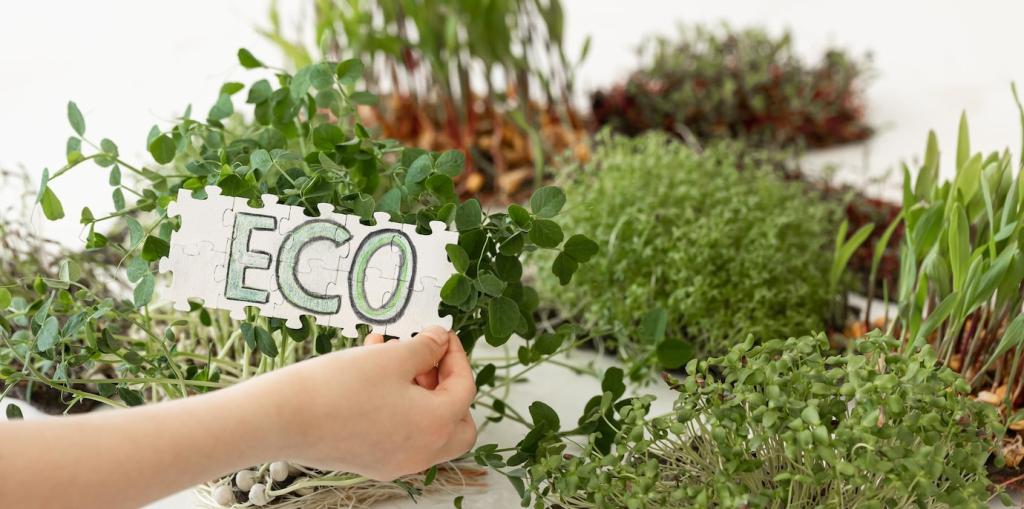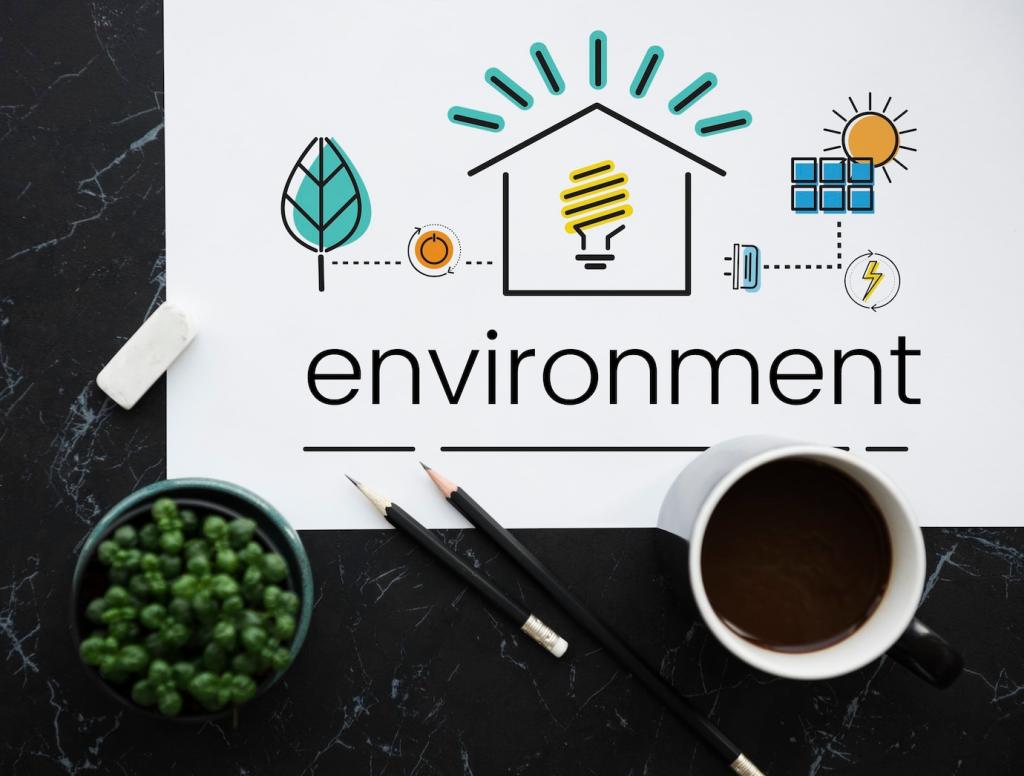Vertical Thinking: Walls, Ceilings, and the Space Above
Combine tall shelving with cork or recycled felt panels to absorb noise while organizing life. The softer surfaces reduce echo in compact rooms, making them feel calmer and more expansive. Place frequently used items between shoulder and eye height, while seldom-used gear tucks higher, accessed with a lightweight stool.
Vertical Thinking: Walls, Ceilings, and the Space Above
If ceiling height permits, a compact loft can host reading nooks or sleeping platforms, freeing the main floor for living. Use lightweight, sustainably sourced framing and open balustrades to preserve daylight. A slim, retractable ladder keeps circulation clear, while integrated drawers make every rung work harder.
Vertical Thinking: Walls, Ceilings, and the Space Above
A modular plant grid can hold herbs, succulents, and miniature storage pockets for lightweight tools. Plants filter air and add life, while small cubbies store craft supplies or keys. Choose irrigated, water-efficient systems and compostable pot liners to keep maintenance low and the ecosystem thriving indoors.
Vertical Thinking: Walls, Ceilings, and the Space Above
Lorem ipsum dolor sit amet, consectetur adipiscing elit. Ut elit tellus, luctus nec ullamcorper mattis, pulvinar dapibus leo.










